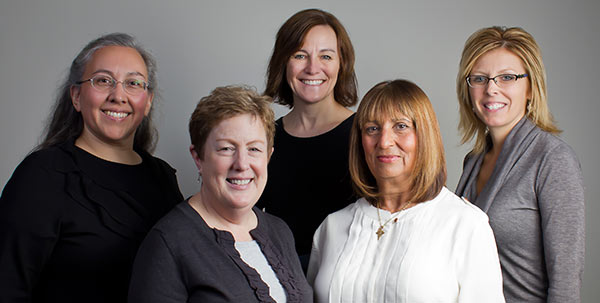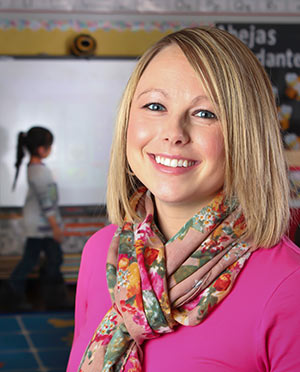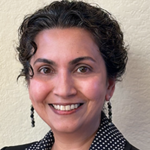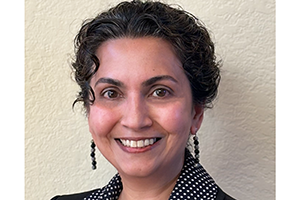
An increasing number of children don’t have English as their first language.
The need for teachers who can work with these children is why the UWM School of Education is reshaping its Early Childhood Education program to prepare more teachers who also have certification in English as a Second Language (ESL) or bilingual education.
“The odds are incredibly high that our graduates will have children in their classrooms who are learning English, whether they are teaching in urban, suburban or rural schools,” says Jennifer Mueller, associate professor of curriculum and instruction.
Mueller, along with Raquel Oxford and Nancy File, also associate professors of curriculum and instruction, are co-principal investigators on a five-year, $1.8 million grant from the U.S. Department of Education’s Office of English Language Acquisition Professional Development Program to prepare teachers for these new challenges.

In addition to helping revise the teacher preparation program, the grant will be used to improve recruitment and retention of students of color and students who are bilingual, according to Oxford..
Team members Lourdes Castillo, recruitment and retention specialist, and Lori Becker, project manager, started visiting the grant partners in November 2012 to gather information from staff currently working with English-language learners.The project team will be working in collaboration with a number of community agencies serving culturally and linguistically diverse families in Southeastern Wisconsin, including the Racine Unified School District, which has recently begun providing bilingual programs for young children; the Council for the Spanish Speaking, the home of Guadalupe Head Start; and La Casa de Esperanza in Waukesha, which serves a large number of English learners.
All the partners have expressed excitement about working with UWM on this project, according to Castillo. “It is great to be out in the community to experience firsthand what is taking place in the classrooms,” adds Becker.
The researchers will also work with Milwaukee Area Technical College (MATC), providing support for Spanish-speaking early childhood teachers to transition to UWM for a four-year degree and certification.
A range of options
Planning for the changes to the Early Childhood Education program started in May. Students entering UWM as first-year students in fall 2013 will start the new program. Students in the existing program will be phased into the new program over two years. Some students who are further along in the existing program will finish under that program. “We expect it to take at least two years to phase in all students participating in the new program,” says File.
The new program will give students five options, explains Mueller:
- Early Childhood Education
- Early Childhood Education with certification
- Early Childhood Education certification with ESL certification
- Early Childhood Education certification with bilingual certification
- Early Childhood Education certification with ESL and bilingual certification.
The program coursework will be designed so that all students will be able to work more effectively with children who are learning English. Students can achieve the additional ESL certification by passing a state-required Praxis test and student-teaching in a classroom with children who are English learners, says File. “However, there is no additional required coursework, since the program coursework will incorporate the competencies for ESL/bilingual certification.”
“Giving students the opportunity to add on the ESL/bilingual certification will result in better prepared, as well as more marketable teachers,” says Oxford.
Currently, SOE’s early childhood program graduates about 80 students a year. With the grant’s emphasis on more recruitment and retention, and building bridges for students from MATC, those numbers should increase, she adds.
Nationally and in Wisconsin, the number of students who are non-English speakers in early childhood programs is increasing, according to researchers. In Head Start nationally, more than 30 percent of all students are dual-language learners; in Wisconsin, 23 percent are dual-language learners, and the numbers are increasing rapidly.
“School districts across the state continue to see increases in the numbers of linguistically diverse children and families,” says Mueller.






